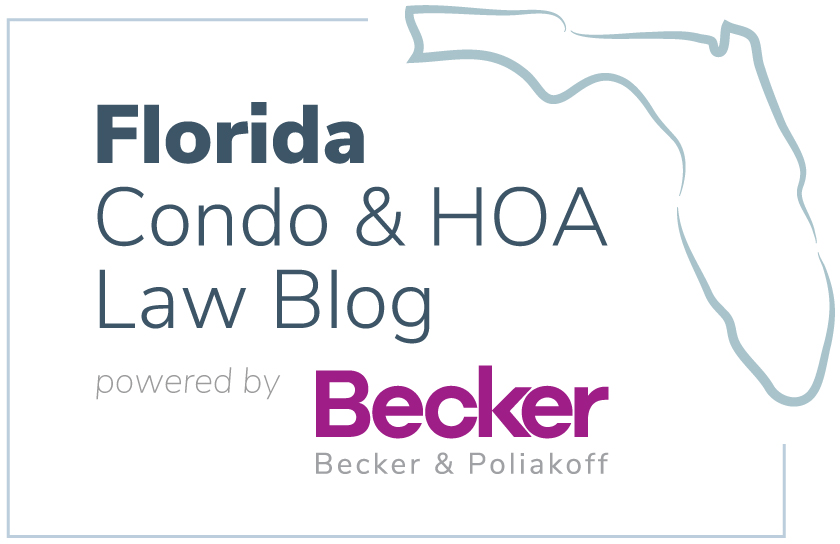
In the aftermath of Hurricane Ian, many condominiums in the Southwest Florida area were substantially damaged. While many Associations are in the process of rebuilding, some have not been able due to the high costs involved. As result, some of these associations have elected to terminate the condominium form of ownership and sell the condominium property.
With the passage of SBD-4 in 2022, all Florida condominium associations three stories or higher must conduct a structural integrity reserve study and fully fund reserves. For some associations with aging structures, the cost of compliance may not be achievable. The associations operating these older buildings may also find it more feasible to terminate and sell rather than repair and comply.
Section 718.117, Florida Statutes, governs the termination of a condominium (the “Termination Statute”). The Termination Statute provides for termination due to “economic waste or impossibility” or for “optional termination” and each option requires a different threshold for unit owner approval. The Termination Statute also requires the association to create a written plan of termination which must include certain mandatory provisions and to obtain approval from the unit owners at a duly called meeting with at least 14 days prior notice. Often, a declaration of condominium contains provisions for terminating (especially the threshold unit owner vote) which differ from the statute.
Unit owners consenting to the plan must either execute the plan or join “in the manner of a deed”. If the plan of termination is not approved by the requisite number of unit owners, the Association may not attempt to terminate for 18 months after the date the Association first gave notice of the failed plan to the unit owners. If approved, the executed plan of termination must be submitted to the Florida Department of Business and Professional Regulation for approval as to its procedural sufficiency. Once approved by the DBPR, the plan of termination becomes effective only upon recording (or at a later date specified in the plan). Within 90 days of recording of the plan, a unit owner or lienor may contest the plan be initiating a petition for arbitration with the DBPRR. Thereafter, unit owners also have an opportunity to object to the plan of distribution delivered by the termination trustee.
Thus, when contemplating termination, it is critical for a condominium association’s Board of Directors to consult with experienced real property and community association attorneys to navigate the substantive and procedural requirements of the Termination Statute and/or its declaration of condominium. Any developer purchasing the property will require the association to deliver marketable and insurable to the property by complying with the legal requirements for termination. As a threshold matter, prior to executing the contract for sale and purchase, counsel for the association should seek a determination from the title insurance underwriter as to whether it will rely upon the Association’s compliance with the terminating provisions in the declaration of condominium or require compliance with the Termination Statute. Also, counsel for the association should determine the specific documents the title insurance underwriter will require in order to evidence the Association’s satisfaction of all legal requirements for termination. If the association is not diligent in this regard, it may end up terminating its declaration yet be unable to sell its property.


